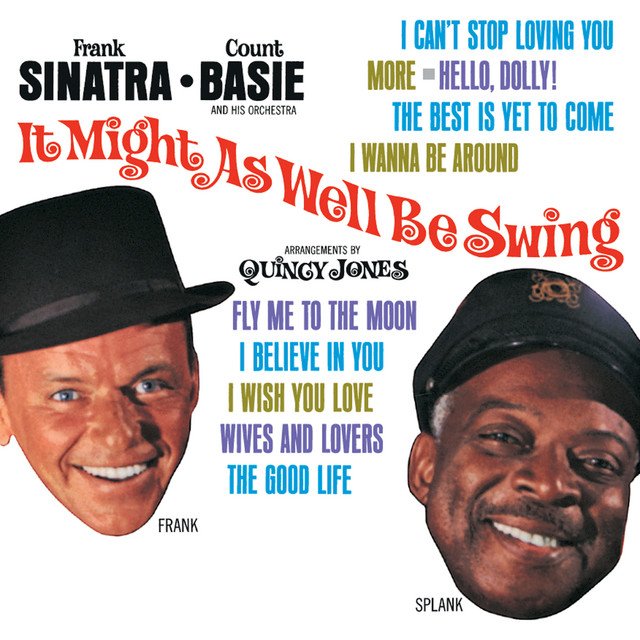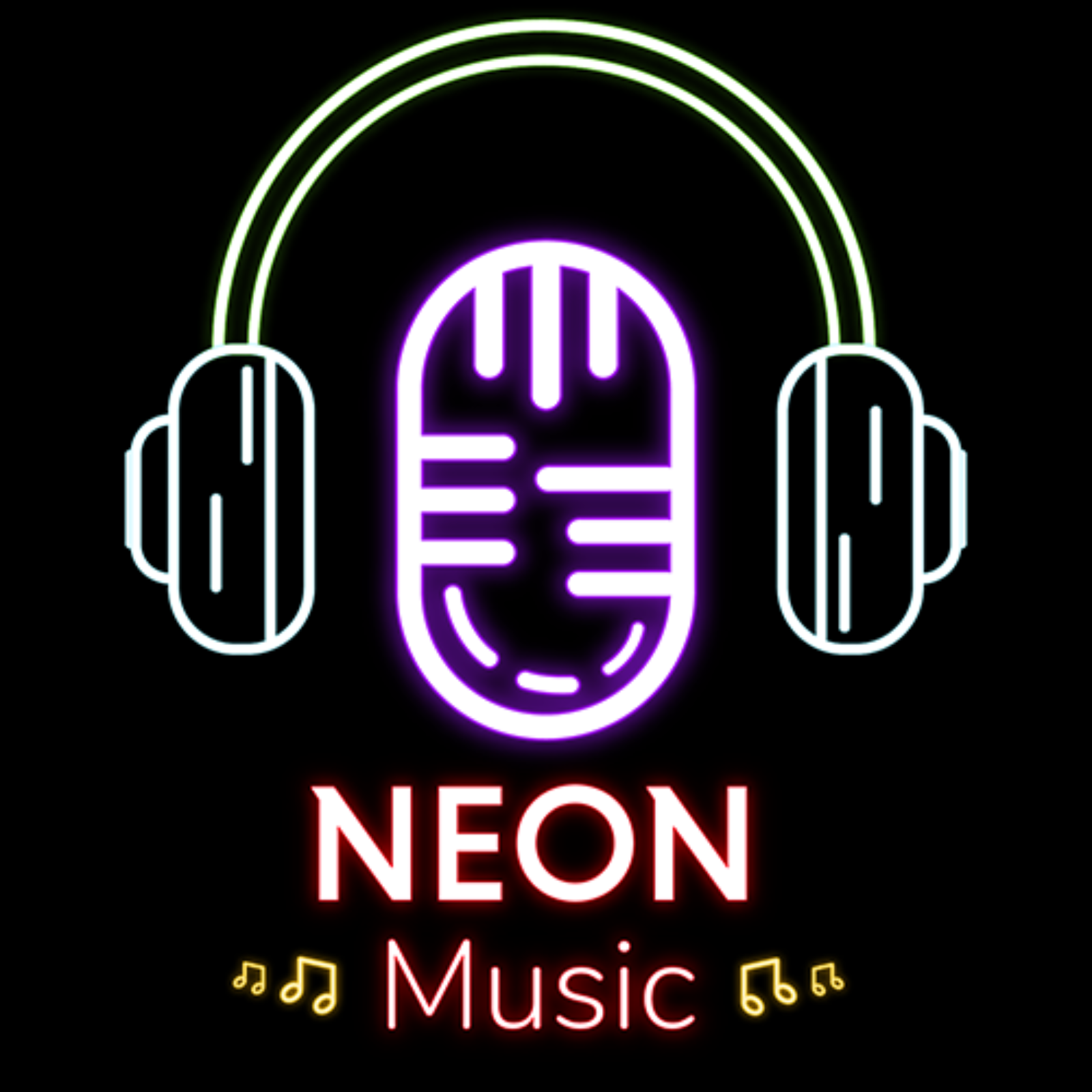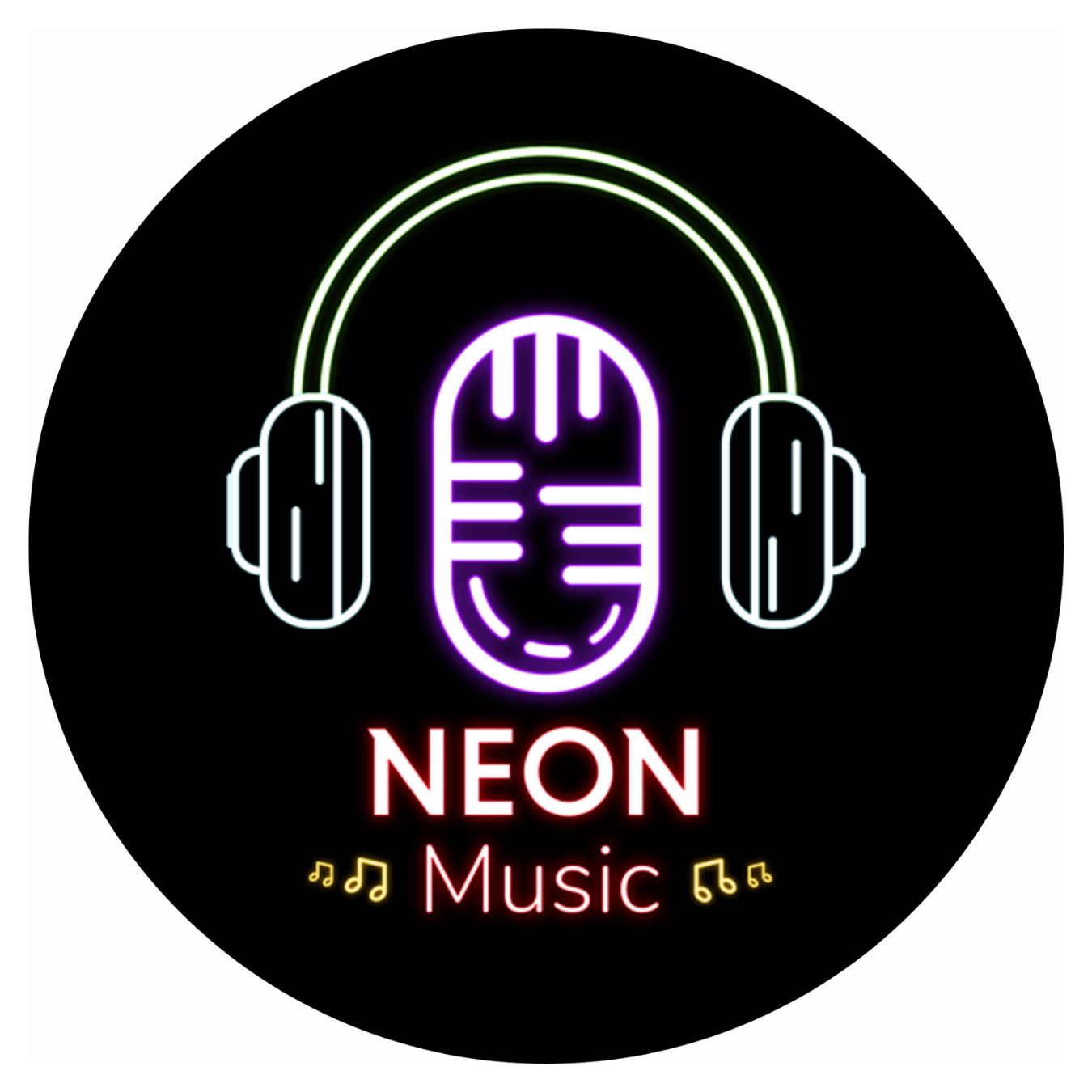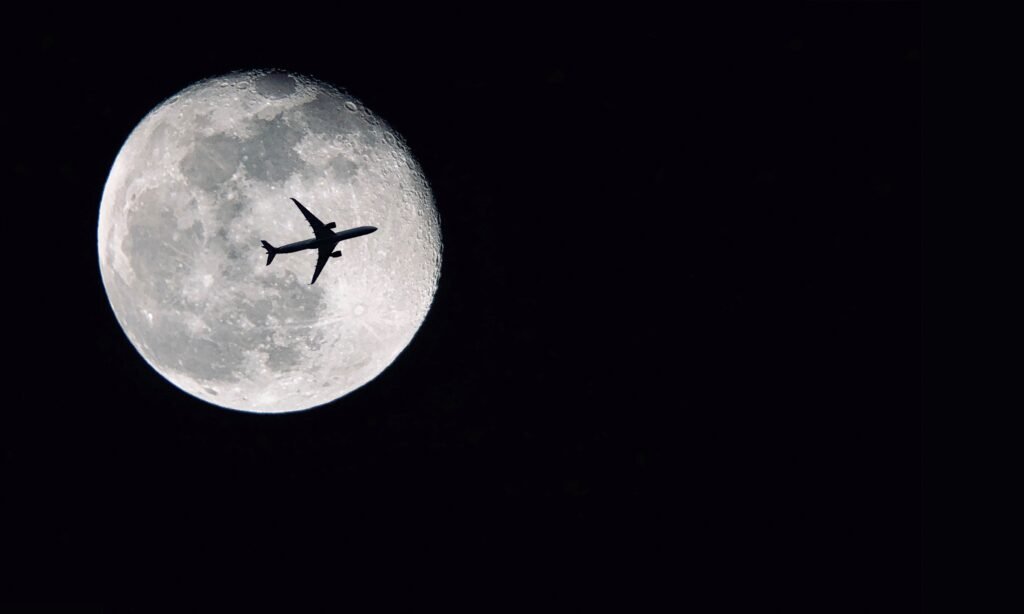Bart Howard didn’t set out to write a space anthem. In 1954, he simply wanted to express love in a way that felt bigger than Earth.
Originally titled In Other Words, the song was slow and intimate, perhaps you can describe it as a cocktail lounge ballad leaning more toward torch song than galactic metaphor.
But something about those lines, “Fly me to the moon / Let me play among the stars,” felt too expansive to stay grounded.
It was Peggy Lee who suggested a change. She’d performed the song in its earliest years and believed that Fly Me to the Moon was the stronger title.
The shift stuck. Suddenly, Howard’s understated jazz standard had an orbit of its own.
For years, it simmered quietly with artists like Kaye Ballard, Chris Connor, and Nancy Wilson offering gentle interpretations. Then came Frank Sinatra.
In 1964, on the album It Might as Well Be Swing, Sinatra reimagined the song with arranger Quincy Jones and Count Basie’s Orchestra.

The result left to history has been a revelation; a rhythmic rebirth.
Jones took the original 3/4 waltz and restructured it in a 4/4 swing time signature, giving it bounce, brass, and propulsion. It felt airborne.
So much so, in fact, that NASA picked up on it.

Sinatra’s version was played aboard Apollo 10 and Apollo 11, where it accompanied astronauts as they orbited and eventually walked on the Moon.
This was indeed a symbolic moment. As Buzz Aldrin reportedly tuned in to Sinatra while floating in lunar orbit, Fly Me to the Moon became the first music officially associated with humans in space.
What began as a torch song became literal propulsion.
The lyrics themselves are deceptively simple. Fill my heart with song / And let me sing forevermore feels romantic at first glance.
But placed in the context of the space race, Cold War anxieties, and a generation looking upward for hope, the words took on new gravity.
It wasn’t just a love song anymore. It was escapism cloaked in elegance.
The song has followed a strange afterlife, attaching itself to moments both epic and eerie.
On Reddit, users trace its usage through cult classics like Neon Genesis Evangelion, where a haunting cover version plays at the end of each episode.
Its placement gives the melody a surreal edge, as if the yearning in Howard’s lyrics has been bent under existential weight.
Others recall its sudden appearance in Squid Game, where it introduces a deadly competition with unsettling calm.
Part of the song’s magnetism lies in its adaptability. Joe Harnell’s 1962 bossa nova rendition won a Grammy. Julie London, Diana Krall, and Nat King Cole all offered their own spins.
Olivia Ong turned it into a lounge-pop staple in Asia. BTS referenced it in live performances. Even Bayonetta, the video game series, choreographed combat to it.
And yet, the Sinatra version remains definitive.
His phrasing is unhurried but never lazy. When he sings “In other words, please be true,” it’s not just a plea to a lover.
It feels like a request to the universe. Something about Sinatra’s voice, slick but sincere, measured but magnetic made the words feel cosmic.
Howard, who spent over 20 years in cabaret before this song made him famous, once remarked he wrote Fly Me to the Moon in just 20 minutes.
He reportedly never had to write another hit again. The royalties from this one song supported him for the rest of his life.
And maybe that’s the irony. A track written on a whim, with a borrowed phrase and a modest melody, ends up played on the Moon.
Sampled by jazz giants. Echoed through anime and space documentaries. Rehearsed in wedding halls and remembered in funeral parlours.
So what does Fly Me to the Moon really mean?
It’s longing, pure and distilled. The desire to love beyond limits. To escape not just gravity but everything mundane.
The moon is never just the moon in Howard’s lyrics. It’s a stand-in for devotion that reaches farther than words can carry.
Maybe that’s why the phrase survived where In Other Words didn’t.


